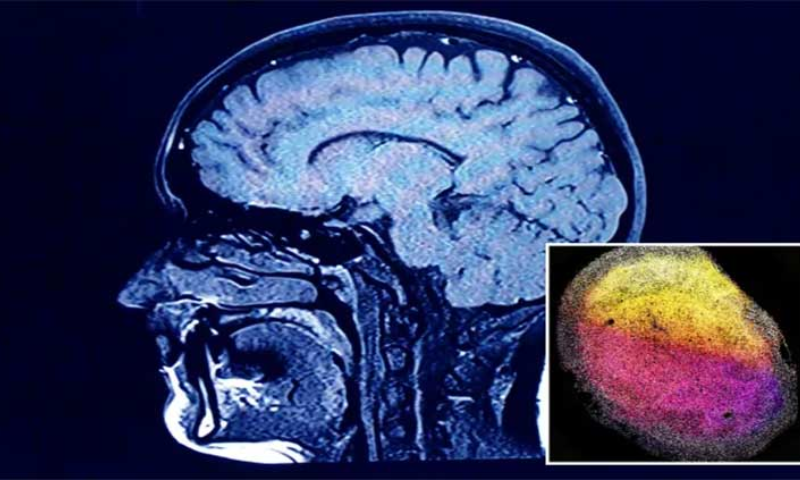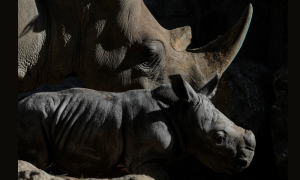AMSTERDAM: In a groundbreaking achievement, scientists have successfully developed lab-grown “minibrains” from human foetal brain tissue, offering exciting possibilities for advancing neurological research and potential treatments.
The miniature organoids, approximately the size of a grain of rice, closely mimic the functioning of full-size brains, providing a valuable platform for studying brain development. Dutch researchers believe this breakthrough could hold the key to understanding and addressing diseases and conditions associated with brain development, including deadly brain tumours.
Professor Hans Clevers from the Hubrecht Institute expressed enthusiasm about the accomplishment, stating, “With our study, we’re making an important contribution to the organoid and brain research fields. Until now, we were able to derive organoids from most human organs, but not from the brain — it’s really exciting that we’ve now been able to jump that hurdle as well.”
Approximately 16,000 persons in the UK are diagnosed with brain tumours each year, resulting in around 2,400 fatalities. While current treatments involve surgery, radiotherapy, and chemotherapy, researchers are continually exploring new avenues that could lead to groundbreaking medications.
Lab-grown Minibrains
The journey towards creating human organoids began with the development of gut organoids in 2011. Professor Clevers noted the significant progress in this field, saying, “It’s been great to see that the technology has really taken off.” Organoids have been successfully developed for various tissues in the human body, both healthy and diseased, including childhood tumours.
The recent breakthrough, published in the journal Cell, marks the first-time brain organoids have been cultivated from human tissues. Researchers utilized small pieces of foetal brain tissue, grown in the womb, to construct the miniorgans. Unlike other miniorgans, such as the gut, which are developed from individual cells, the foetal brain tissue was found to “self-organize” into organoids that retained characteristics from their original brain regions.
Dr. Delilah Hendriks of the Princess Maxima Centre highlighted the potential of these organoids in gaining insights into the different regions of the brain. She expressed optimism about the ongoing research, stating, “Being able to keep growing and using the brain organoids from foetal tissue also means that we can learn as much as possible from such precious material. We’re excited to explore the use of these novel tissue organoids for new discoveries about the human brain.”























